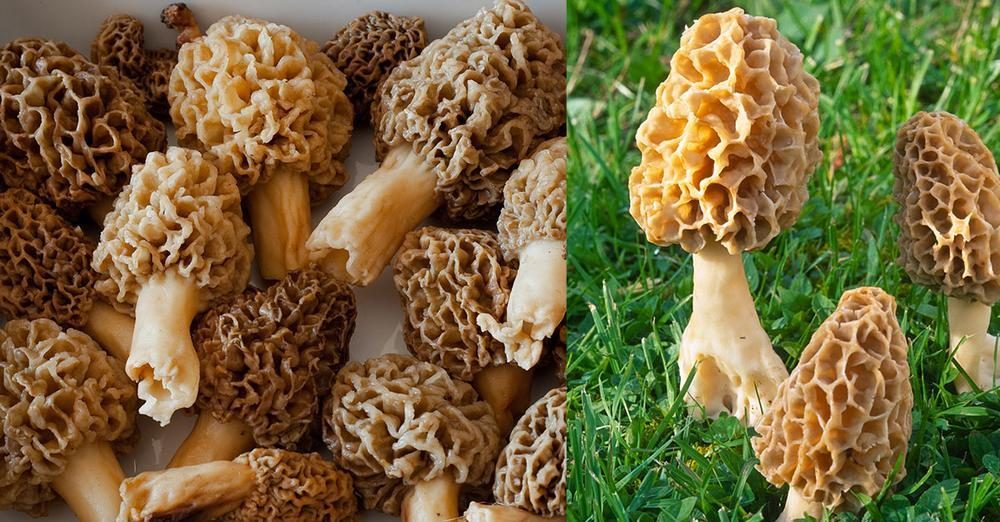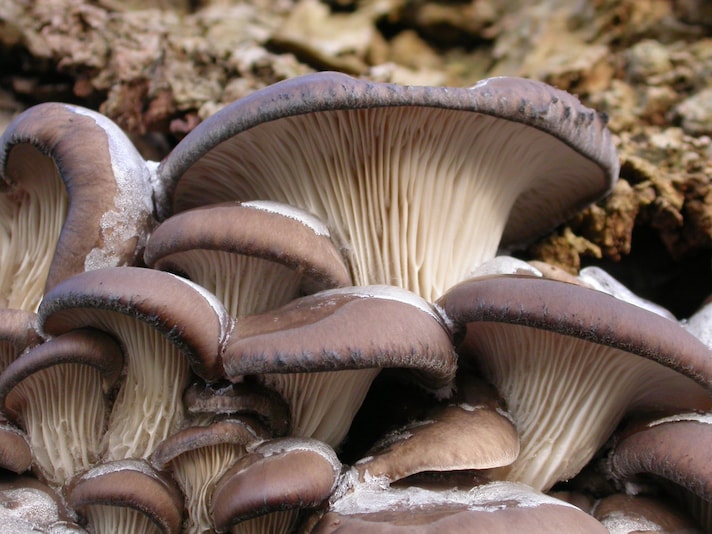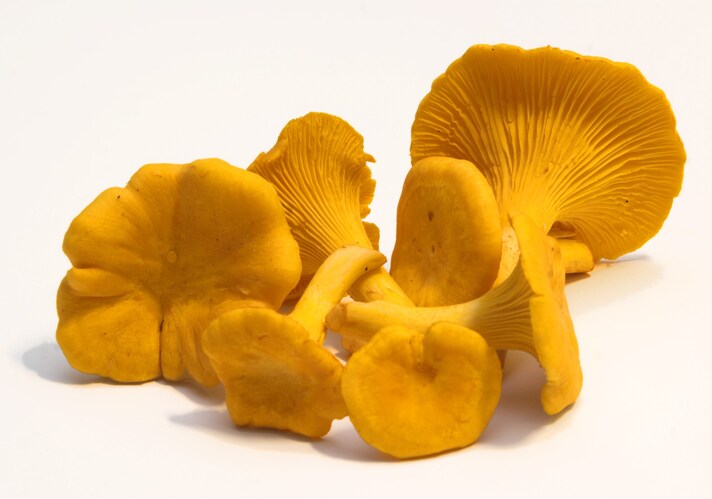10 types of mushrooms and tips for cooking them in the best way
Champignons, field mushrooms and honey mushrooms, until the noble and very tasty porcini mushrooms; we are talking about mushrooms, always present in the Mediterranean diet and protagonists of endless recipes. How to recognize them and how to cook them, enhancing their aromas and flavors to the maximum? Here is a small guide to learn more about the 10 most common varieties.
;)
With the arrival of September, the outings in search of mushrooms begin; poplar mushrooms, champignon, field mushrooms or chanterelles, the important thing is to know how to recognize the edible ones and stay away from the poisonous ones. Inevitable ingredients in our kitchens, there are so many mushrooms, of different shapes, sizes, colors and flavors. Here's how to recognize the 10 best known varieties with some indications for using them and enjoying them at their best.
1. Champignons

The most widespread variety that we find on market stalls 12 months a year, champignon mushrooms are small and round, with a white flesh and a firm and compact texture. In addition to being easily purchased, they are incredibly versatile and, thanks to their delicate flavor, they can be used for endless preparations; simply marinated for an appetizer, stuffed in the oven or as a first course with pasta boscaiola, in short, a real guarantee.
2. Porcini

Undoubtedly the most sought after, the most delicious and perhaps the most loved: porcini mushrooms are characterized by an unmistakable flavor and aroma. The stem is white with variations tending to pale yellow and is between 5 and 20 centimeters long, while the cap can reach a diameter of about 8 centimeters. Like champignons, porcini have a firm flesh, white pulp and can be enjoyed in a thousand ways: risotto and tagliatelle are great classics, but polenta with porcini and taleggio cheese or a very delicate pureed soup can also reserve great surprises.
3. Pleurotus mushrooms

Also called oyster mushrooms, pleurotus mushrooms are recognized by their large, flattened cap. Quite easy to find and inexpensive, because widely cultivated, pleurotus mushrooms are practically stemless with a large cap, have very elastic pulp and fibrous flesh. These characteristics, combined with an extremely fresh and delicate taste, make these mushrooms excellent if breaded and fried, baked au gratin with breadcrumbs or simply sauteed in a pan.
4. Honey mushrooms

Small, slender and thin just like nails with a small and round hat, the honey mushrooms are collected above all in autumn, we can find them mostly on the trunks and are recognized by firm white stems and a brownish cap. There are two curiosities about these mushrooms with a strong flavor; they are found (and sold) in groups, in fact they grow next to each other as if they were a small family; they cannot be eaten raw, because they contain a thermolabile toxin that is eliminated during cooking, it is always better to boil them for a few minutes before preparing them in a pan or in oil.
5. Poplar mushrooms

Similar to honey mushrooms, the poplar mushrooms have a long stem with a calloused consistency and a soft, brownish cap. Being firm and fleshy, the poplar mushrooms go well with preparations that require long cooking; they are therefore excellent for embellishing meatloafs and meat stews, and also with polenta.
6. Chanterelles

Chanterelles have a short, firm stem, a wavy and irregular cap, and a fibrous, whitish pulp. Delicate taste and aroma, these mushrooms love simplicity; try them in a pan with a drizzle of oil, a clove of garlic, parsley and chilli.
7. Morels

Among the mushrooms, morel is certainly one of the most particular: short, firm and white stem and a "spongy" cap that at first sight resembles a beehive. Morels, not very easy to find on the market, have a delicate and sweet flavor, which makes them perfect for seasoning first courses or as a side dish; it is always better to boil or dry them before cooking them.
8. Parasol mushrooms

To find the parasol mushrooms you need to be an expert seeker because they are easily confused with a very poisonous twin; they have a stem up to 40 centimeters long and a wide hat, so much so that they remember the shape of an umbrella or a parasol. In the kitchen? Bread them, fry them and make cutlets; you will not regret it.
9. Caesar’s mushrooms

The Caesar’s mushrooms are recognized by the hats that resemble small eggs, but one must be very careful to recognize the edible variety and stay away from the poisonous one (called fly amanita). Caesar’s mushrooms have a tender consistency and a very delicate flavor; to be tried raw in salads or also baked in the oven.
10. Field mushrooms

A fairly common and very popular type of mushroom, field mushrooms are recognized by a thick and firm stem that can vary from white to brown according to the degree of ripeness and by a wide and flattened white cap. They have a delicate, almost sweet taste; excellent raw in salads or sautéed as an accompaniment to white meats.
;Resize,width=767;)
;Resize,width=712;)


